The Best Bank ETFs to Buy
The best bank ETFs can offer above-average yields and reduce the complexities of investing in financial stocks.

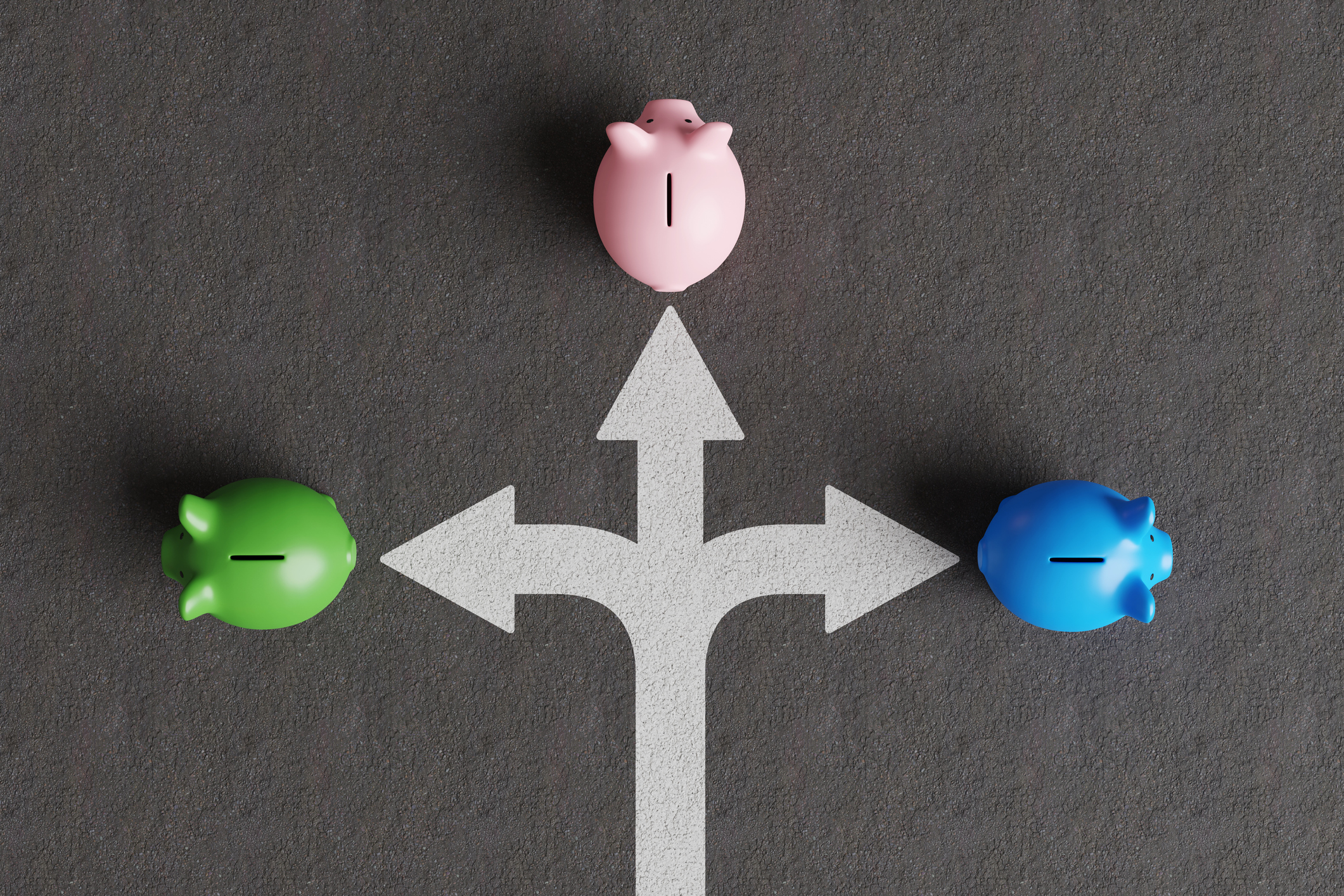
The 2023 regional banking crisis brought bank stocks into mainstream focus for the first time since 2008. The turmoil began nearly three years ago when state banking authorities abruptly closed Silicon Valley Bank, and the Federal Deposit Insurance Corporation (FDIC) stepped in as receiver.
At the heart of the crisis was a liquidity issue. Silicon Valley Bank's balance sheet was heavily concentrated in long-term bonds, which had significantly declined in value due to rising interest rates. These bonds, if held to maturity, would have returned their full principal.
However, to meet short-term liquidity demands during a sudden rush of withdrawals, the bank was forced to consider selling these bonds at a substantial loss, triggering its collapse. The panic spread to other regional banks, with Signature Bank suffering a similar fate just two days later.
From just $107.88 $24.99 for Kiplinger Personal Finance
Become a smarter, better informed investor. Subscribe from just $107.88 $24.99, plus get up to 4 Special Issues

Sign up for Kiplinger’s Free Newsletters
Profit and prosper with the best of expert advice on investing, taxes, retirement, personal finance and more - straight to your e-mail.
Profit and prosper with the best of expert advice - straight to your e-mail.
While regulators allowed these banks to fail, they ensured depositors were made whole, though shareholders were wiped out and unsecured creditors faced losses. For investors, this crisis was a lesson in liquidity risk but also a moment to consider a smarter way to invest in the financial sector: through bank ETFs.
Bank ETFs lower the barriers to investing
Despite their relatively attractive prices compared to other U.S. market sectors, banks can be difficult for retail investors to analyze — largely due to their complexity and unique sources of risk.
At the most basic level, banks are intermediaries for capital flow: money coming in and out. Their growth depends primarily on deposits since loans are easier to expand. After all, there's always someone who wants to borrow money.
The real challenge is attracting deposits without paying high interest rates. To solve this, banks often take on risks by leveraging their equity to make loans or investments.
The problem is that banks are always tempted to overextend their lending because it boosts their returns when times are good. They can effectively lend more money than they actually have, which seemingly works until it doesn't, like in 2008.
A good bank thus focuses on securing low-cost deposits — think everyday people with checking accounts earning minimal interest, like at Bank of America (BAC). Compare that to Silicon Valley Bank, where the funds came largely from commercial accounts, a much riskier setup.
So before investing in an individual bank, really think about how they fail. In general, a bank collapses when losses wipe out its equity or if depositors panic and trigger a bank run.
To understand how well a bank handles risk, you need to examine metrics such as the charge-off ratio or non-performing loan (NPL) ratio. These numbers tell you how many loans have gone bad compared to the bank's total loans, offering insight into how responsibly they lend.
If a bank is writing off loans at higher rates than its peers, it could mean they're likely lending to the wrong people. You'll also want to look at the types of loans they make. Are they focusing on mortgages, auto loans, credit cards or commercial real estate? Each type carries its own risks.
Another important measure here is the CET1 (Common Equity Tier 1) ratio. This number compares a bank's capital to its risk-weighted assets, such as loans and investments. A higher CET1 ratio means the bank is better equipped to handle potential losses, which is why regulators rely on it to gauge financial health.
If all this feels overwhelming, don't worry; it's where diversification comes in. Instead of trying to figure out which individual bank is the best deal or the safest option, you can just buy them all.
By investing in bank ETFs, you gain exposure to a broad basket of financial stocks, giving you access to the industry's overall performance without needing to become an expert on specific institutions.
How we chose the best bank ETFs to buy
Our focus is on getting you the best value, and a big part of that involves minimizing expense ratios. According to the ETF Central database, there are 14 bank ETFs available, with expense ratios ranging from 0.35% to 0.92%. All five of our picks sit at the low end of this range, ensuring better cost efficiency for investors.
We also avoided gimmicks. By that, we mean bank ETFs that short the sector with inverse exposure or that offer leveraged returns. These types of ETFs are risky and expensive, designed for short-term traders rather than long-term, buy-and-hold investors.
Invesco KBW Regional Banking ETF
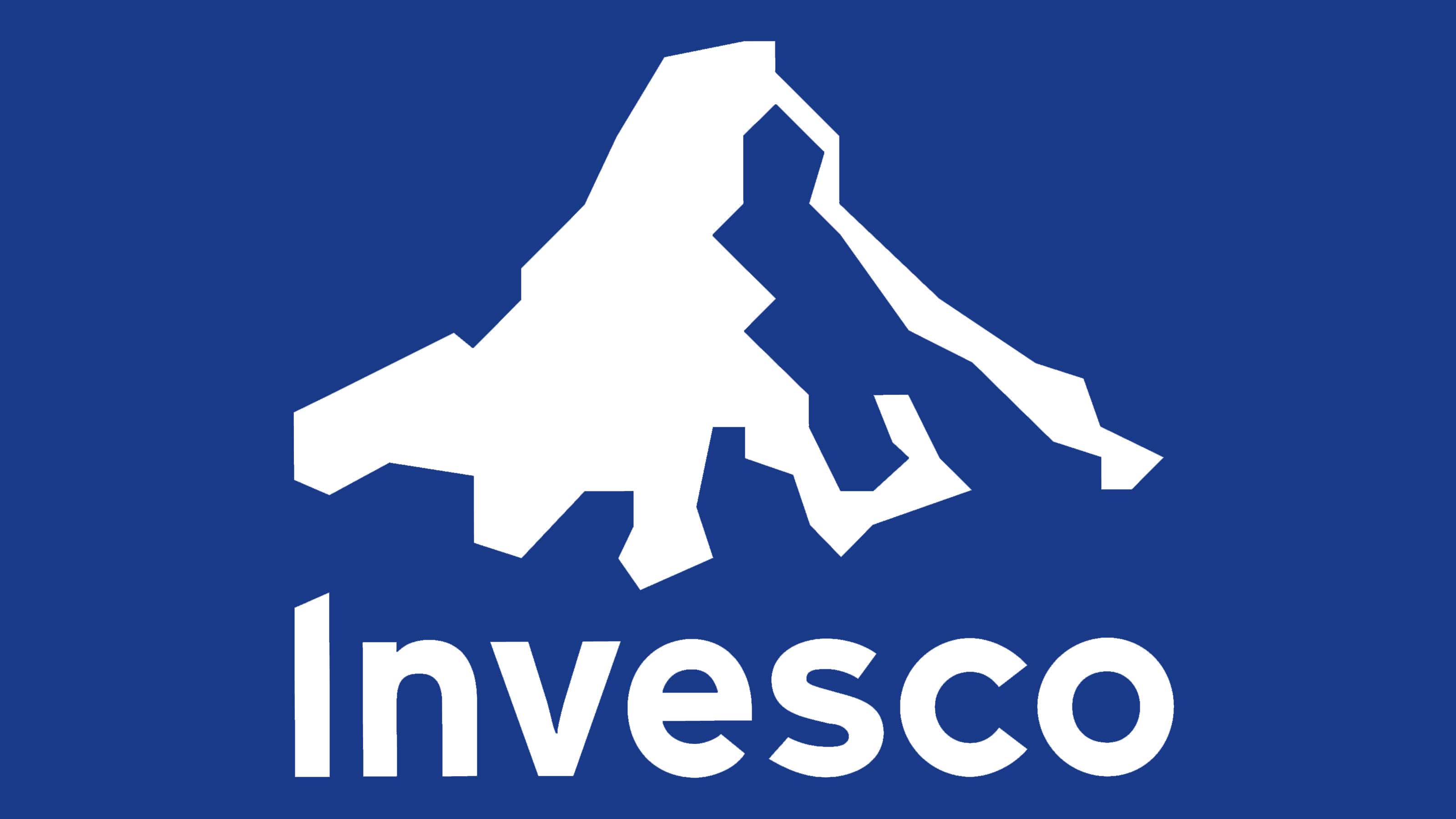
- Assets under management: $50.0 million
- Expenses: 0.35%
- Dividend yield: 2.7%
The Invesco KBW Regional Banking ETF (KBWR) tracks the KBW Nasdaq Regional Banking Index. KBW, or Keefe, Bruyette & Woods, Inc., is an investment bank specializing in the financial sector, known for its expertise in banking. Its various benchmarks are widely used to track industry performance.
KBWR currently holds 53 regional banking stocks, with its top three holdings as of November 11 being Webster Financial Corp (WBS), Wintrust Financial Corp (WTFC), and Southstate Bank Corp (SSB) at weightings of roughly 4% apiece.
Learn more about KBWR at the Invesco provider site.
Invesco KBW Bank ETF

- Assets under management: $5.8 billion
- Expenses: 0.35%
- Dividend yield: 2.4%
The Invesco KBW Bank ETF (KBWB) is the big brother to KBWR, offering broader exposure to the U.S. banking sector beyond just the regional banks. If you're looking for a "default" option for comprehensive bank sector coverage, KBWB fits the bill. It tracks the KBW Nasdaq BankTM Index.
KBWB's portfolio of 30 bank stocks is weighted using a modified market-cap methodology. Unsurprisingly, the fund's top holdings include blue chip stocks such as JPMorgan Chase (JPM), Morgan Stanley (MS), Wells Fargo (WFC), Goldman Sachs Group (GS) and Bank of America (BAC).
Learn more about KBWB at the Invesco provider site.
SPDR S&P Regional Banking ETF
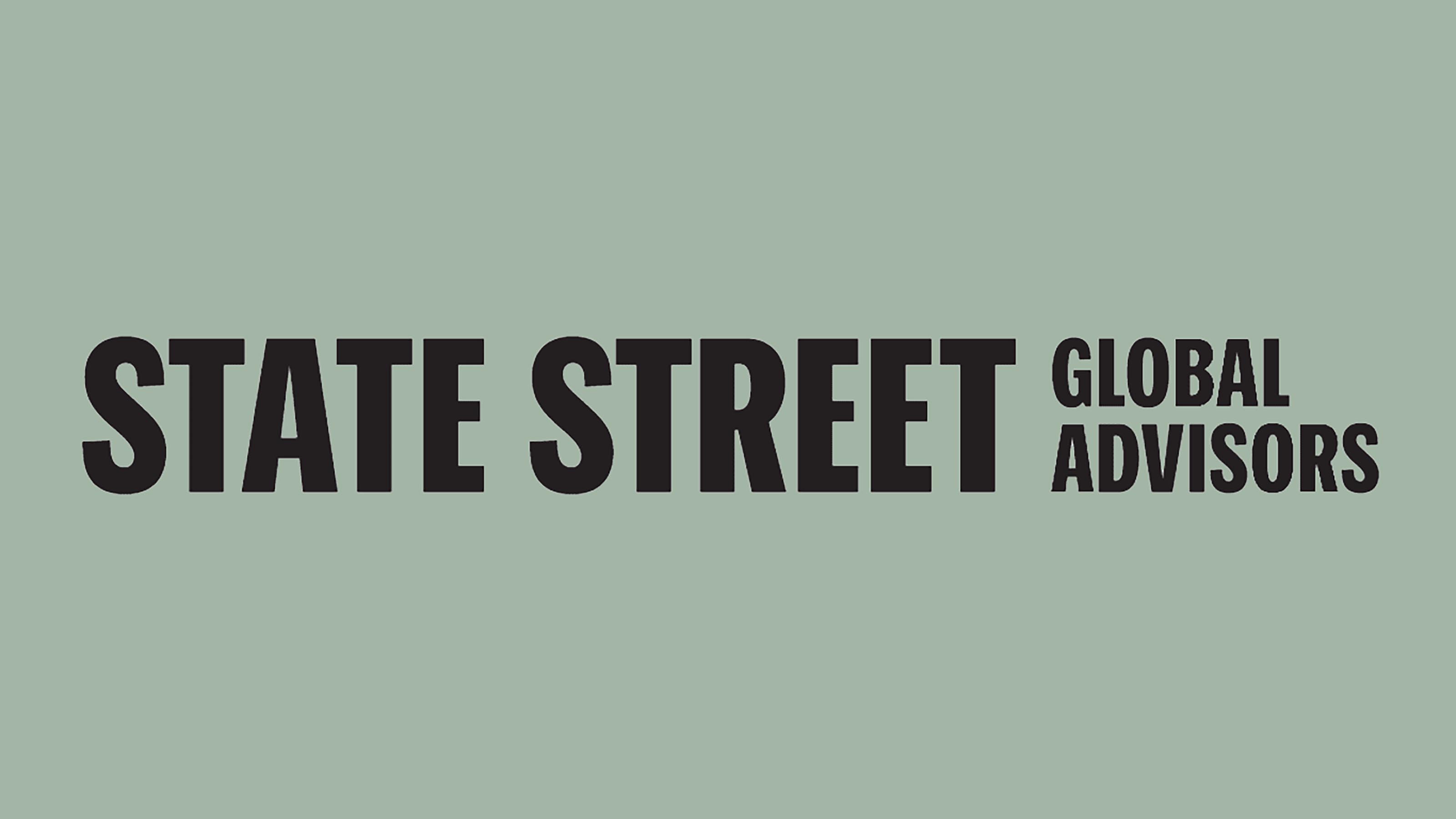
- Assets under management: $3.1 billion
- Expenses: 0.35%
- Dividend yield: 2.6%
The SPDR S&P Regional Banking ETF (KRE) tracks the S&P Regional Banks Select Industry Index, a portfolio of 148 regional banks selected from the S&P Total Market Index. Unlike most ETFs, KRE uses an equal-weighted approach, giving more balanced exposure to mid- and small-cap banks.
It is a well-capitalized fund with $3.1 billion in assets under management and features a fairly active options chain, including weekly contracts. It’s a popular choice for selling covered calls.
Learn more about KRE at the State Street Global Advisors' provider site.
SPDR S&P® Bank ETF

- Assets under management: $1.4 billion
- Expenses: 0.35%
- Dividend yield: 2.4%
The SPDR S&P Bank ETF (KBE) is the non-regional-focused counterpart to KRE, tracking the S&P Banks Select Industry Index. This ETF selects 104 holdings from the S&P Total Market Index, offering more diversification compared to KRE's regional-only focus.
But unlike KBWB, KBE uses an equal-weight approach, so larger domestic banks don't dominate its top positions. Between rebalances, the top holdings are typically the banks that have recently outperformed. Currently, these include Comerica (CMA) and BankUnited (BKU).
Learn more about KBE at the State Street Global Advisors' provider site.
Themes Global Systemically Important Banks ETF
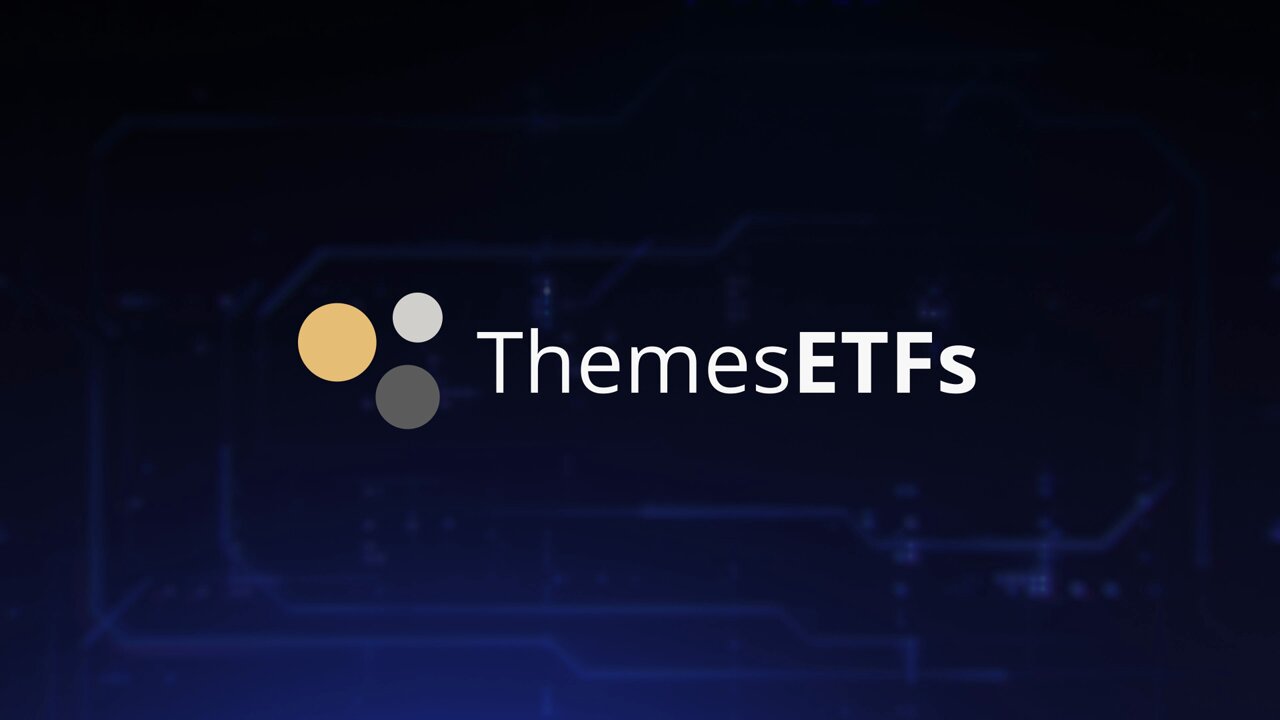
- Assets under management: $18.3 million
- Expenses: 0.35%
- Dividend yield: 1.1%
Global systemically important banks (G-SIBs) are financial institutions designated by the Financial Stability Board and the Basel Committee on Banking Supervision as critical to the global economy.
Because of their size, interconnectedness, and importance, these banks are held to higher standards, requiring them to maintain larger capital buffers to absorb potential losses and undergo more stringent regulatory supervision to ensure financial stability.
If you want to invest in the biggest, safest banks, the Themes Global Systemically Important Banks ETF (GSIB) is one of the best bank ETFs to do so. This actively managed fund holds a portfolio of 32 large-cap banks from around the world. Notable top holdings include Morgan Stanley, Wells Fargo and Goldman Sachs.
Learn more about Themes at the Themes ETFs provider site.
Related content
Profit and prosper with the best of Kiplinger's advice on investing, taxes, retirement, personal finance and much more. Delivered daily. Enter your email in the box and click Sign Me Up.
Tony started investing during the 2017 marijuana stock bubble. After incurring some hilarious losses on various poor stock picks, he now adheres to Bogleheads-style passive investing strategies using index ETFs. Tony graduated in 2023 from Columbia University with a Master's degree in risk management. He holds the Certified ETF Advisor (CETF®) designation from The ETF Institute. Tony's work has also appeared in U.S. News & World Report, USA Today, ETF Central, The Motley Fool, TheStreet, and Benzinga. He is the founder of ETF Portfolio Blueprint.
-
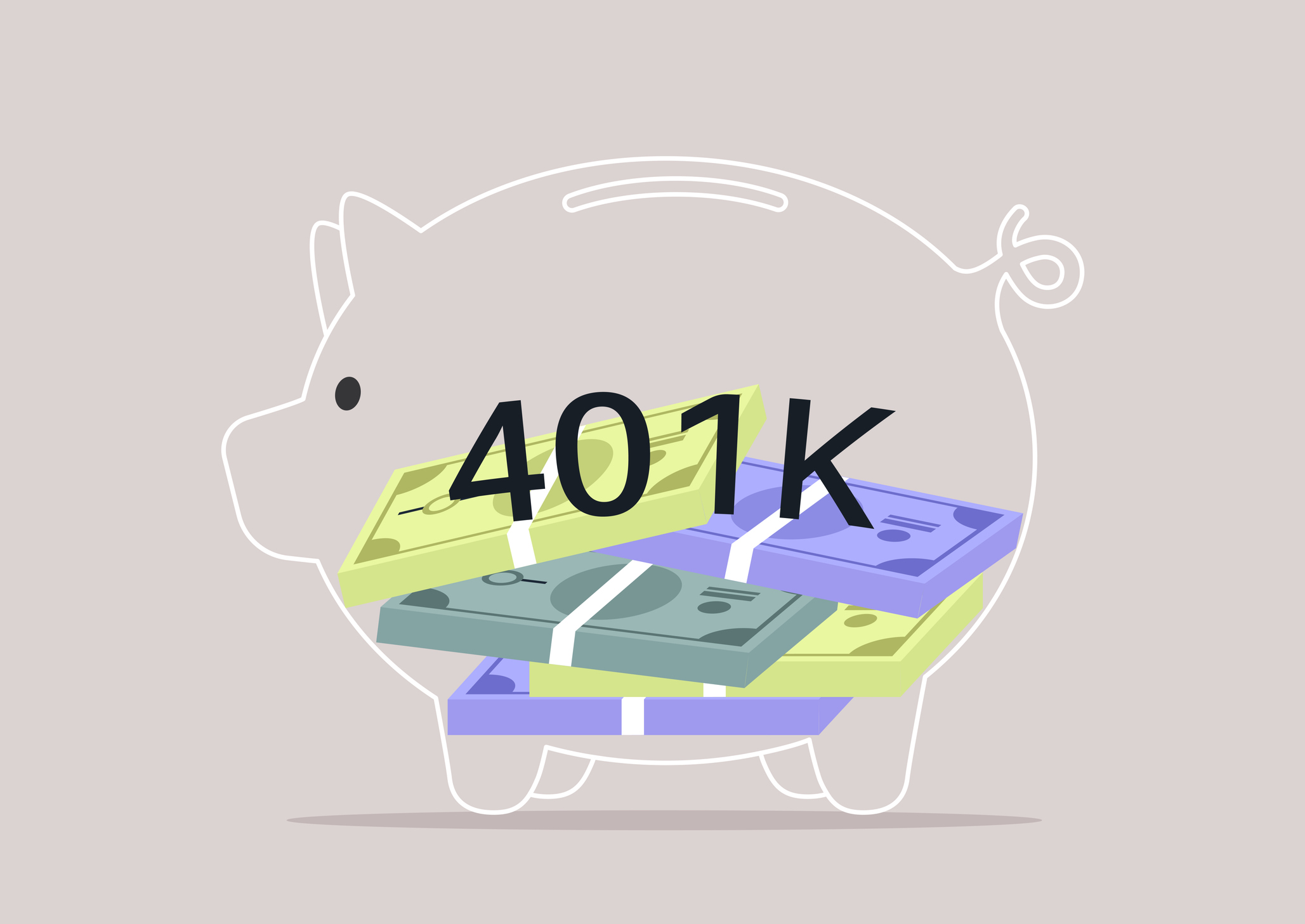 Vesting, Catch-Ups and Roths: The 401(k) Knowledge Quiz
Vesting, Catch-Ups and Roths: The 401(k) Knowledge QuizQuiz Test your understanding of key 401(k) concepts with our quick quiz.
-
 Why You Should Pay Attention to Company Guidance
Why You Should Pay Attention to Company GuidanceUnderstanding how corporate profit forecasts affect analysts’ estimates and stock ratings can help you make investment decisions.
-
 How to Protect Yourself and Others From a Troubled Adult Child
How to Protect Yourself and Others From a Troubled Adult ChildThis case of a violent adult son whose parents are in denial is an example of the extreme risks some parents face if they neglect essential safety precautions.
-
 Why You Should Pay Attention to Company Guidance
Why You Should Pay Attention to Company GuidanceUnderstanding how corporate profit forecasts affect analysts’ estimates and stock ratings can help you make investment decisions.
-
 How to Protect Yourself and Others From a Troubled Adult Child: A Lesson from Real Life
How to Protect Yourself and Others From a Troubled Adult Child: A Lesson from Real LifeThis case of a violent adult son whose parents are in denial is an example of the extreme risks some parents face if they neglect essential safety precautions.
-
 To Build Client Relationships That Last, Embrace Simplicity
To Build Client Relationships That Last, Embrace SimplicityAs more automation becomes the norm, you can distinguish yourself as a financial professional by using technology wisely and prioritizing personal touches.
-
 Client Demand Is Forcing Financial Advisers to Specialize: How to Deliver
Client Demand Is Forcing Financial Advisers to Specialize: How to DeliverThe complexity of wealthy clients' needs — combined with AI and consumer demand — suggests the future of financial planning belongs to specialized experts.
-
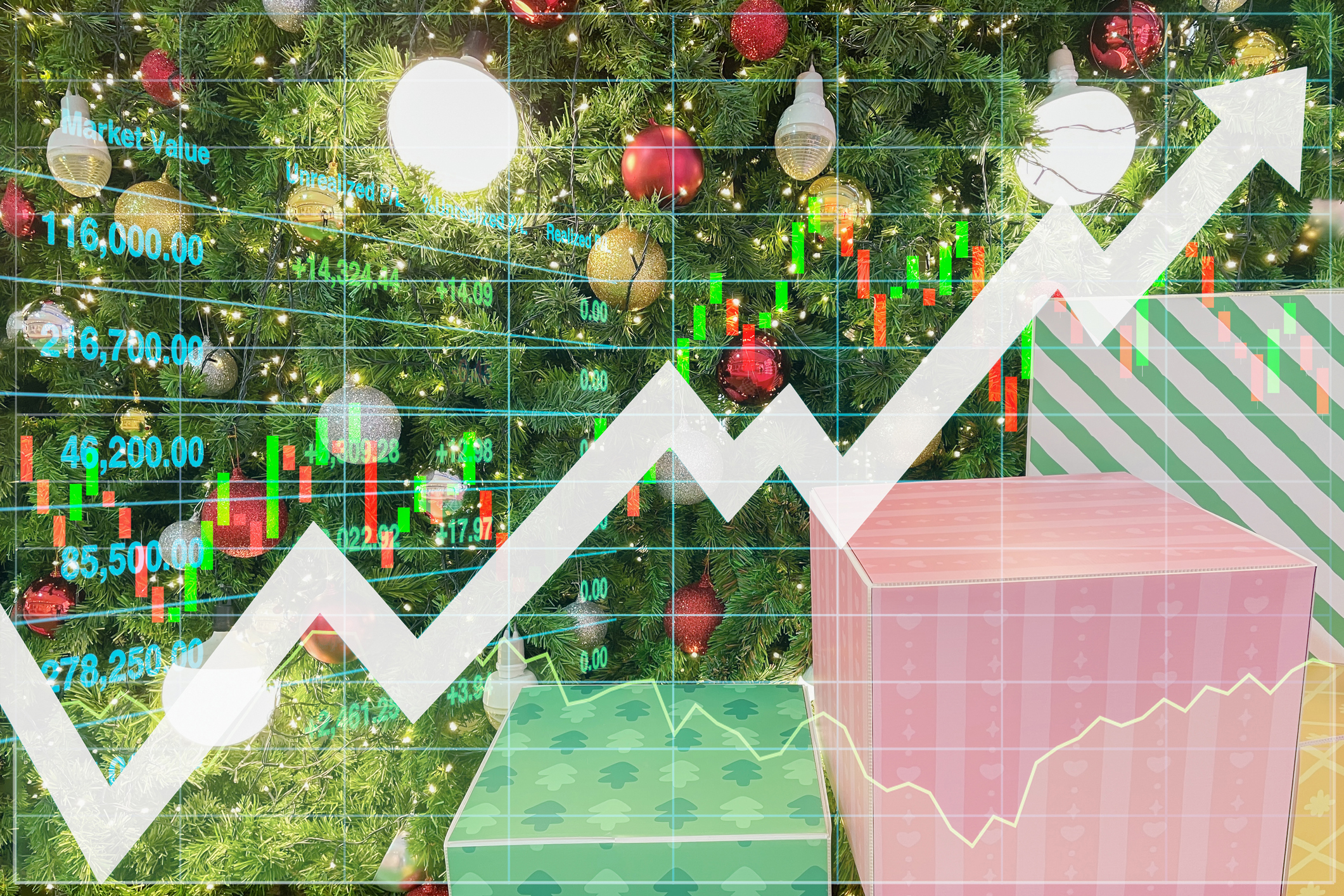 Stocks Rise to the Spirit of the Season: Stock Market Today
Stocks Rise to the Spirit of the Season: Stock Market TodayInvestors, traders and speculators are beginning to like the looks of a potential year-end rally.
-
 A Financial Planner Takes a Deep Dive Into How Charitable Trusts Benefit You and Your Favorite Charities
A Financial Planner Takes a Deep Dive Into How Charitable Trusts Benefit You and Your Favorite CharitiesThese dual-purpose tools let affluent families combine philanthropic goals with advanced tax planning to generate income, reduce estate taxes and preserve wealth.
-
 A 5-Step Plan for Parents of Children With Special Needs, From a Financial Planner
A 5-Step Plan for Parents of Children With Special Needs, From a Financial PlannerGuidance to help ensure your child's needs are supported now and in the future – while protecting your own financial well-being.
-
 How Financial Advisers Can Best Help Widowed and Divorced Women
How Financial Advisers Can Best Help Widowed and Divorced WomenApproaching conversations with empathy and compassion is key to helping them find clarity and confidence and take control of their financial futures.
